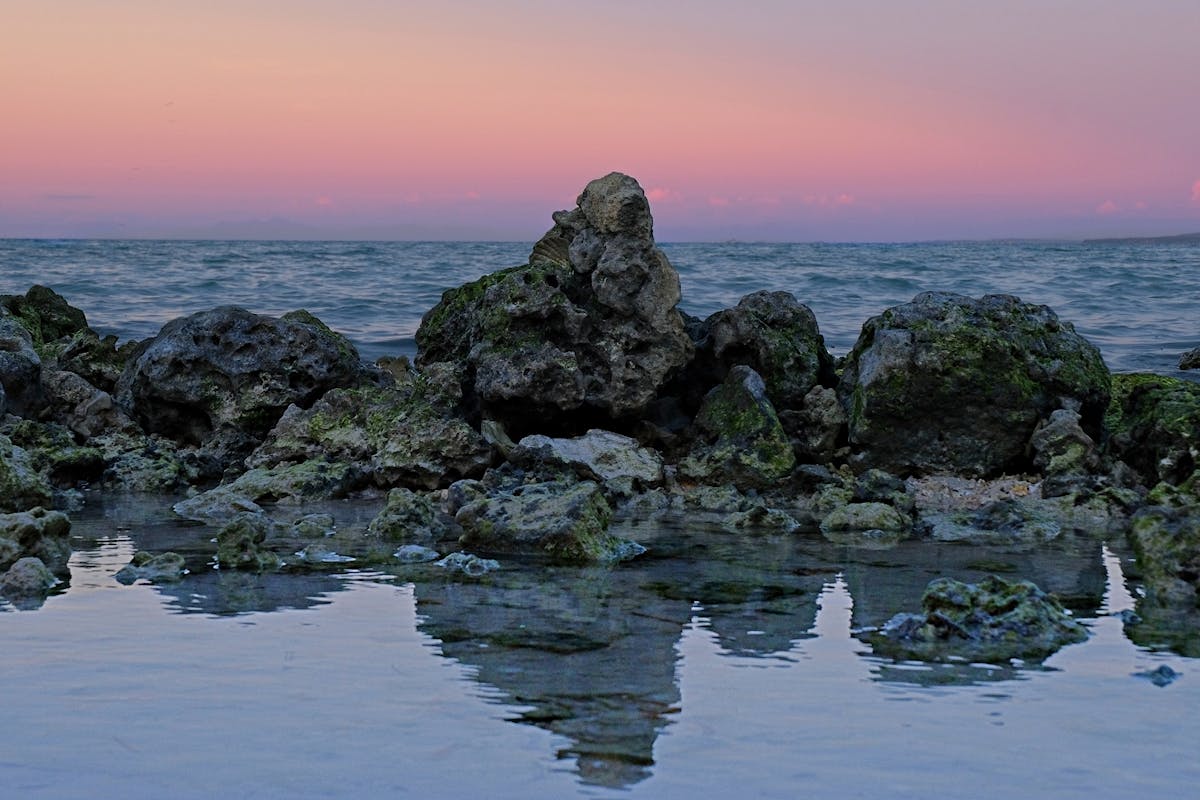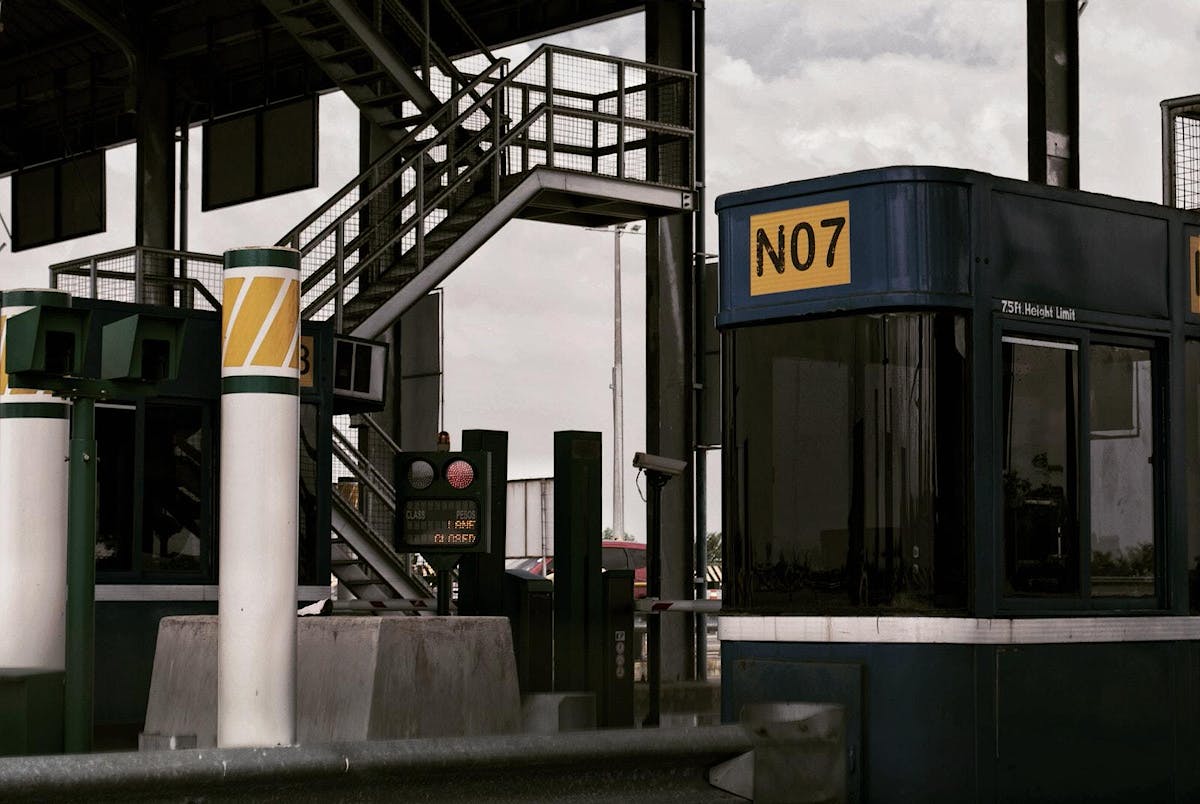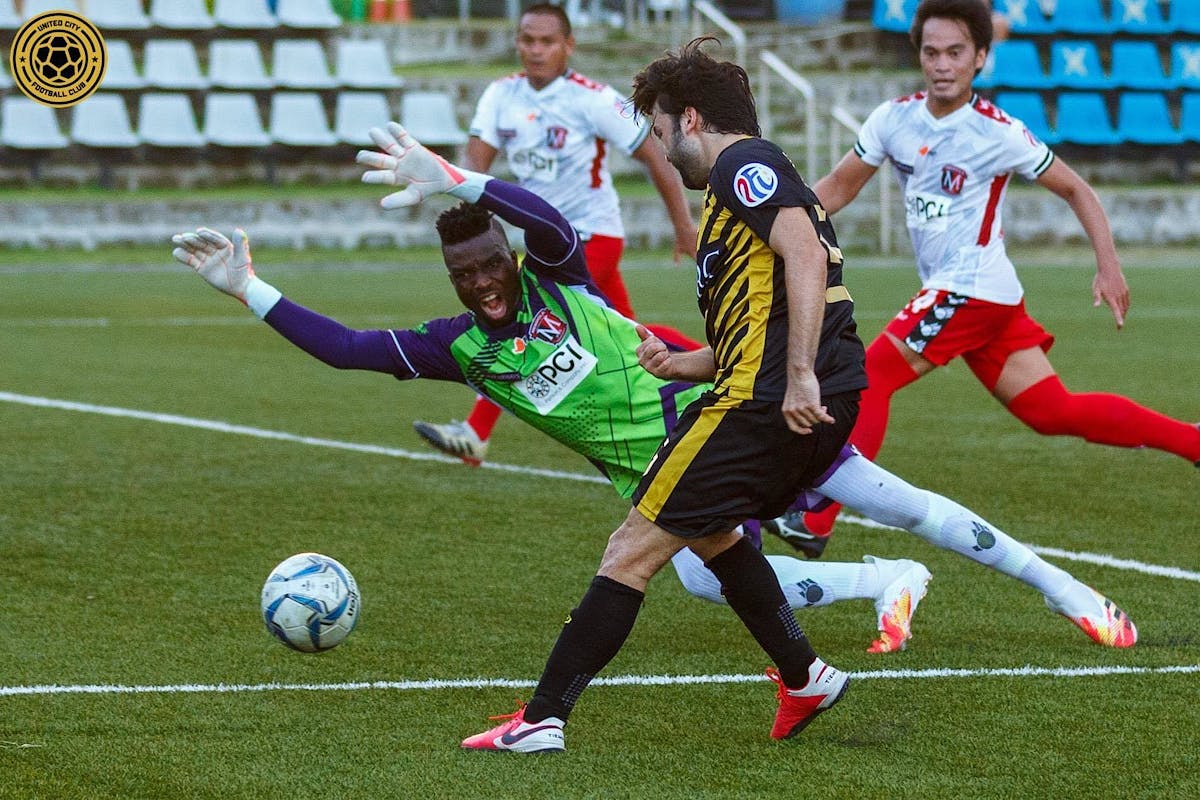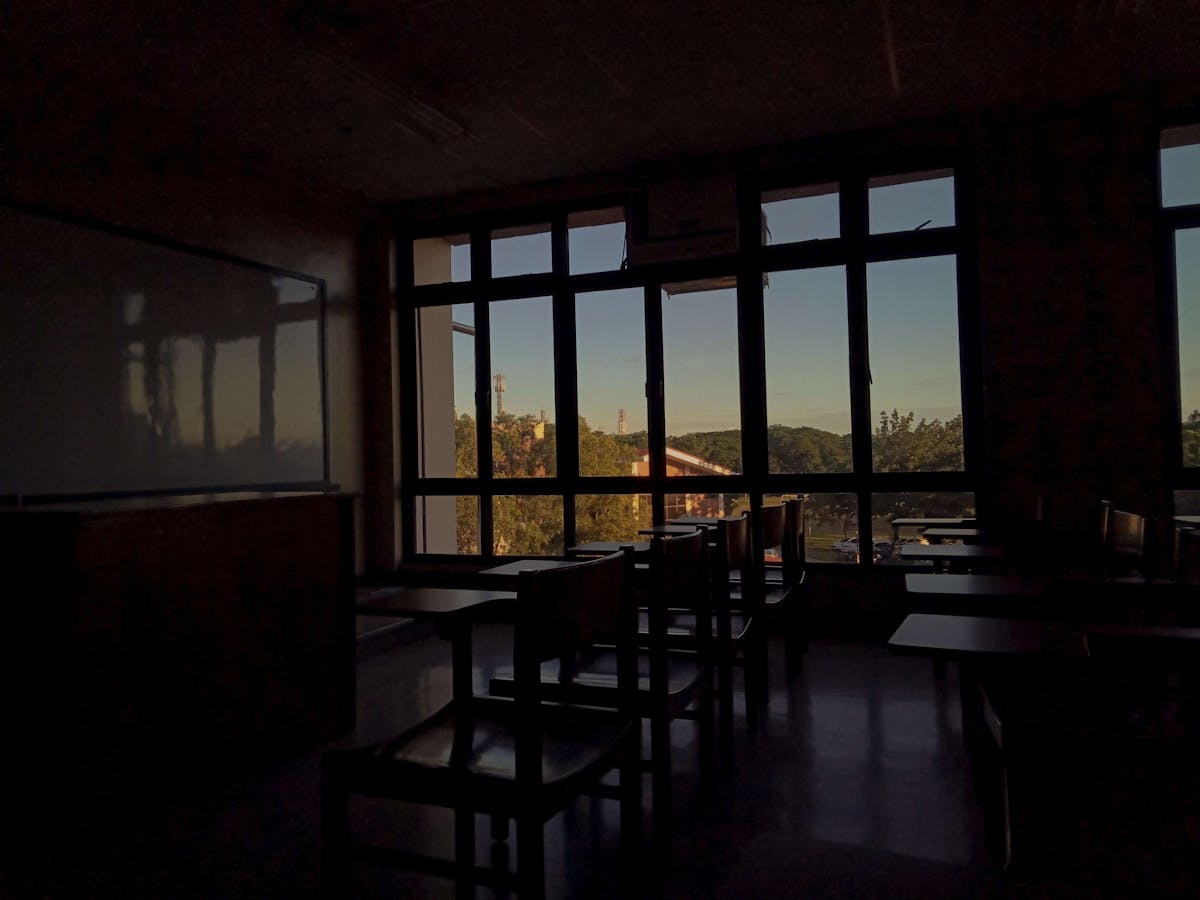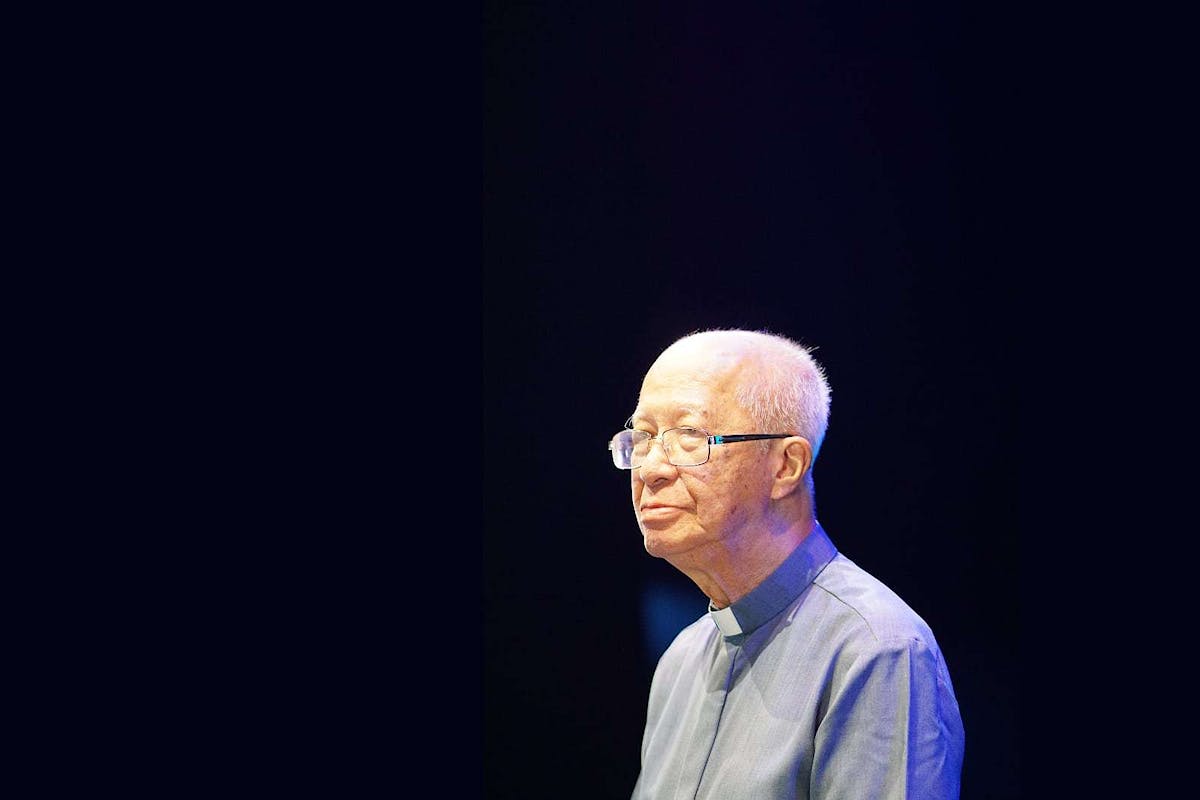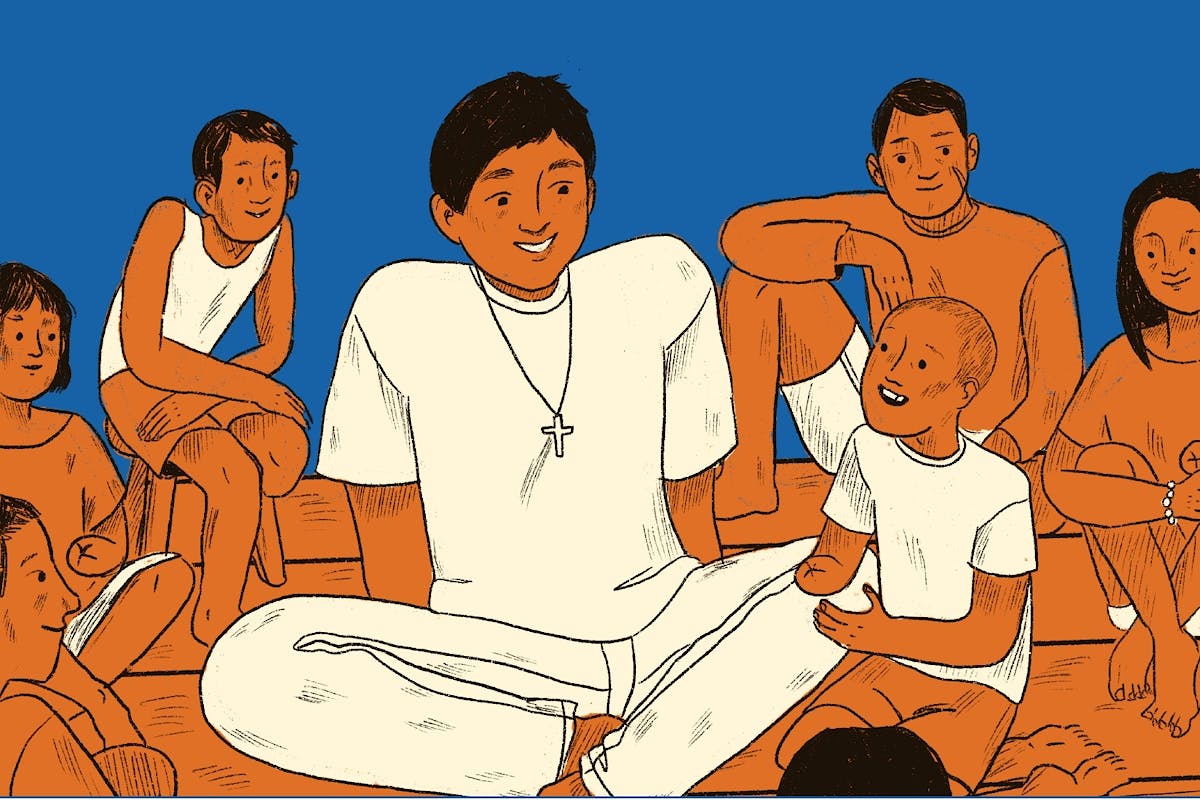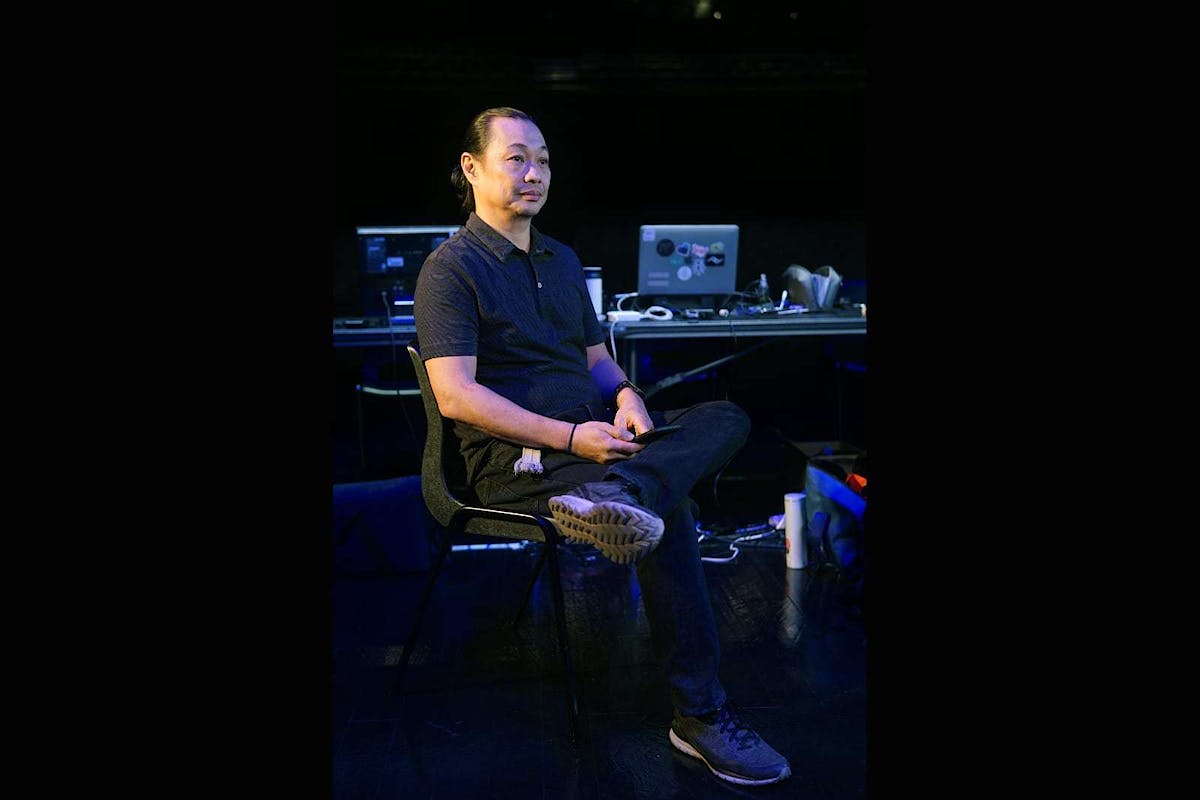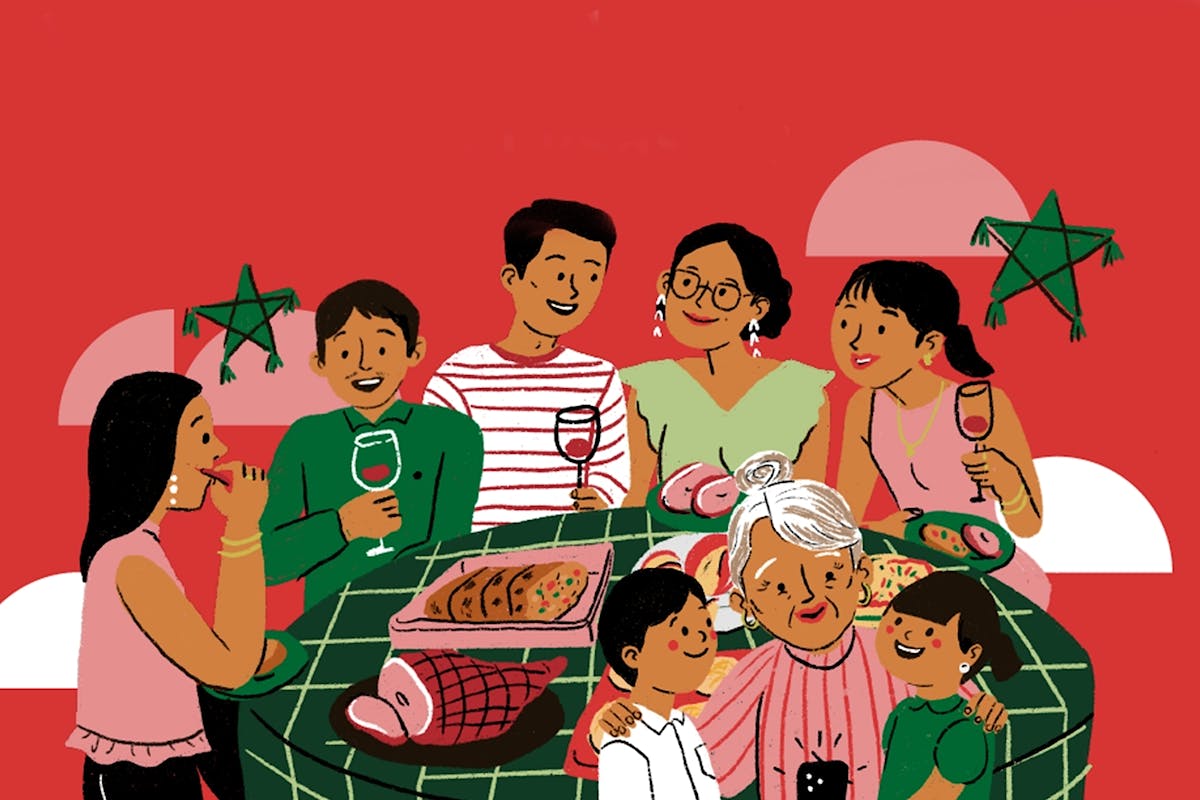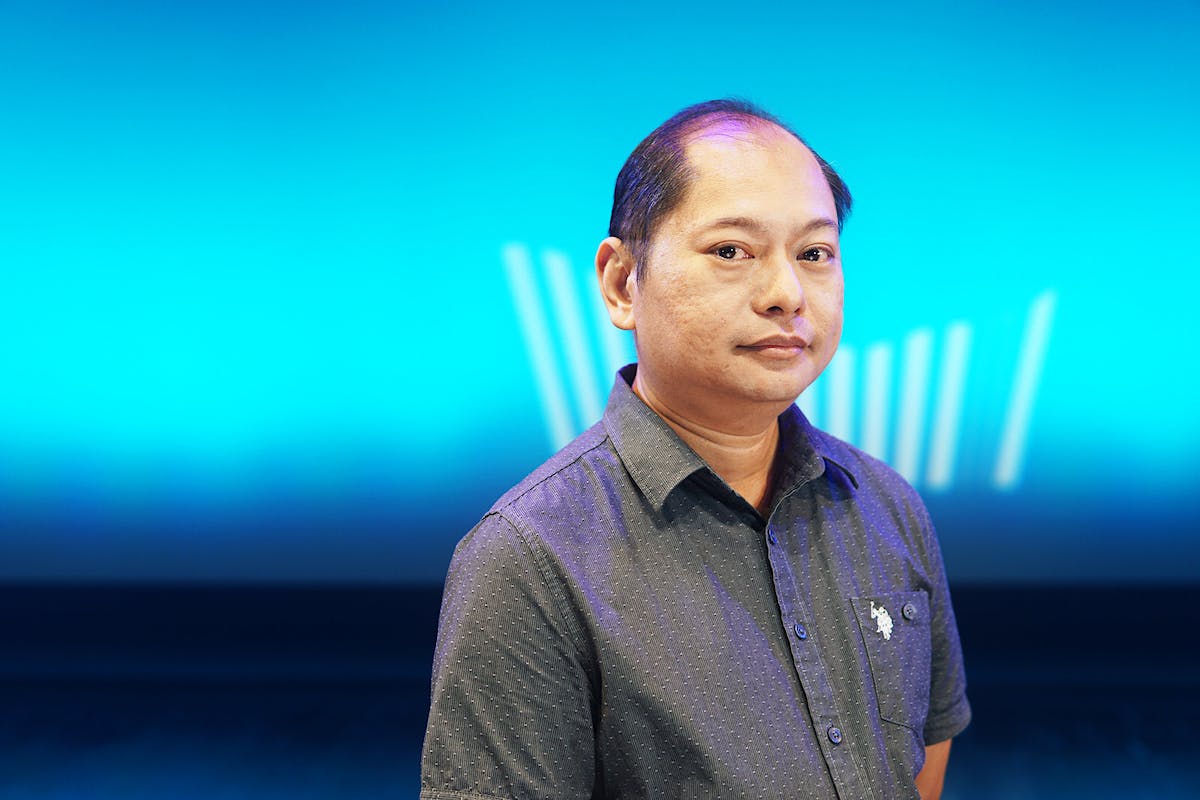
Our Way Forward
Navigating the Stormy Seas
I grew up on an island town where the only means of transportation from one barrio to another was either a paddled or a motorized boat with outriggers.
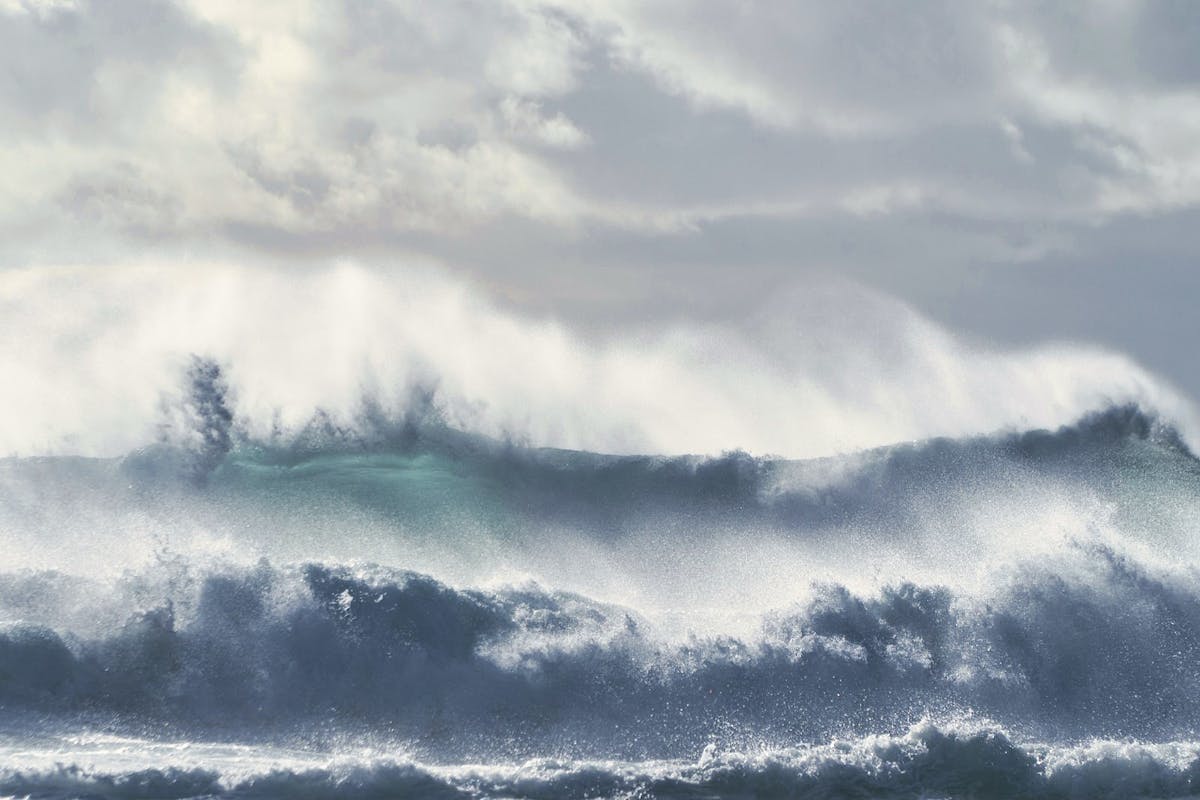
I grew up on an island town where the only means of transportation from one barrio to another was either a paddled or a motorized boat with outriggers. In a place located on a typhoon belt and where monsoon winds habitually ruffled the landscape, such boat rides could be rough and scary. Somehow, thankfully, cruising mishaps were uncommon news. The captains and crew were expert navigators who learned their techniques by simply navigating through rough seas. And the community knew who to trust among those young men, with wiry dark ginger-hair and burnt brown skin (from too much intimacy with salt water under the spell of the intense sun).
I feel a tension in my stomach as I recall those stormy encounters! And when this unprecedented adversity called COVID-19 pandemic descended on us like a thief in the night, images of those stormy boat rides frequented my memory. So I name them here to provide graphic parallels with my experience of leading the Loyola Schools through difficult times in the last 10 months.
There is no single way of traversing an uncharted path on a stormy sea. But one thing I know is that navigating an institution safely in adversarial conditions is a leader’s uppermost intention and responsibility.
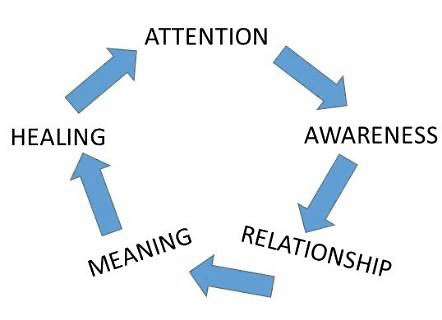
To describe the experience reflectively, I’m using ideas from a framework which I picked up from a talk on health and healing by Dr. Barry White, consultant hematologist in St. James Hospital, Dublin.[1] It postulated healing as the culmination of a process that begins with the healer’s undivided attention to whoever needs healing (e.g. mental health). Such attention can create the healer’s greater awareness both of the patient’s health concern and context and the healer’s capacities to address the condition. This heightened awareness allows the relationship between the two to grow, manifesting perhaps, in the healer’s compassion towards the other and the latter’s openness towards the healer. From this established relationship, meaning is achieved; a treatment happens, and then healing begins.
What does this require? On a stormy sea, with ear to the ground (or to the sea?!), the captain and the crew listen carefully with their mind’s eye: the blustery winds, the shuffling waves, the roaring engine, the far horizon, the fretting passengers.
In an institution beset with adversity, a similar listening ability is required of a leader – with a mind that sets aside pre-conditions to be able to start afresh and harness creativity. Adversity has a way of forcing us to confront harsh and daunting realities that can make a leader feel as if the rug has been pulled out from under one’s feet, causing a possible collapse of self-esteem, drive, and hope. Unless, of course, the leader has a good team that share the responsibility of giving undivided attention to the situation at hand: an aborted semester, anxious students, unsure faculty members, nervous parents, worried non-teaching employees, anxious society over the country’s economic downturn, uneasy administrators about managing limited resources.
No immediate solutions may readily come to mind, but naming the enemy and drawing up a laundry list can be a big first step.
Attention can raise awareness about possible strategies. The attentive boat captain and crew can sense trouble from a distance. Before those dark clouds on the horizon come closing in, they can reroute the boat to calmer shores and find the needed temporary respite.
In like manner, a leader who has combed through the impact of the adverse situation can better gauge what resources the institution can easily harness (strengths) and where it can easily fail (weaknesses). Adversity can lay bare the institutions’ skeletons. The leader who faces these squarely can build on the firm structures and scaffold the weak ones. The most important resources are people. With their varied gifts they can craft new ways of doing things and discern strategies for engaging the community to move forward with hope and courage. Important too would be awareness of how much financial resources the institution can still afford to spend on necessities, how much it is willing to lose and determine its capacity to borrow from the future.
The greater the level of awareness, the deeper the relationship is between and among peoples. On those stormy boat rides, I was amazed at how the captain and crew communicated only with their eyes to get the team in motion. A navigator would unfurl the canopy from the mast and fasten the edges tightly to the sides of the boat to fend off the splashing waves. With only the ropes from the mast to hold on to for support, they would stand on the outriggers – on each side of the boat – and do the fascinating balancing act of either bearing down their weight or relaxing their grip depending on how ghastly or mild the oncoming waves would be. In a team effort, the captain would also reduce the motor speed to prevent the boat from capsizing.
And the passengers, praying for safety, would huddle quietly together in the middle section of the boat. But the boat crew also made room for claustrophobic passengers like me who could not bear the huddled confinement. Defying their rule, I would sit close to the edge of the canopy and fit my face in an opening to watch the battle of the wills between the raging waves and the gritty crew who wanted to earn the medal of honor in this turmoil. In exchange for the crew’s unspoken tolerance, my face took the heavy splashes of the waves that roughed it up with tiny grains of sea-water salt.
A similar dynamic can be found in institutions that grapple with adversity: greater awareness, deeper relationships, better understanding. In Ateneo de Manila, I’ve never felt alone because the President’s Council and the Loyola Schools VP’s Council are pillars of strength for a leader with no map to use in treading on uncharted paths. With these teams, task-orientation is balanced with compassion and a great sense of humor. A rich resource for discernment, expertise, and heartwarming support. While our opinions are sometimes poles apart, we have a way of coming together, humbly abandoning pet ideas, and agreeing on a solution that’s reasonable and compassionate for the sake of the mission. Crafting those difficult memos were a case of writing in white heat and revising in cold blood! The VPs Council is not wanting in meticulous eyes!
Consultations with stakeholders can also forge relationships. In our online fora with thousands of students and parents as well as regular meetings with faculty and administrators, we discussed online learning, managing financial resources, students’ tuition and fees, student services, etc. Through surveys, we also continue to receive feedback on online learning and work-from-home experiences.
Of course, these relationships are not always smooth. There’s no one person who can know everyone’s concern and respond with perfect solutions. We also make room for those who want to view the world outside of the constraints of a canopy in a boat on a stormy sea. In times of adversity, overwhelming concerns come out of the woodwork. Nothing that the institution has done can ever be enough. The leader may feel like Sisyphus rolling an enormous boulder up a hill only to find it rolling back down.
This is a time to consider being in the shoes of the other. This is a time to be humble enough to acknowledge limitations, to review strategies, accept suggestions, negotiate, clarify, and discern the best way forward. The goal is to have all voices heard, and even simply agree to disagree. This tedious process requires patience, wisdom, and the ability to celebrate the good in a worthwhile endeavor.
Navigating stormy seas is daunting, but people persevere if meaningful relationships are well established. And so on my stormy sea adventures, our relationship with the sea was one of constant negotiation, sizing up temperaments, and willingness to co-exist with the sea as peacefully as possible in this adversity. There was no way we could go against the current without capsizing. So we had to learn simply to ride on the crest of those enormous waves (inhale!) and watch the contours of the troughs (exhale!) steadily till the winds ceased to rage and the sea felt sober again after the experience of intoxication.
If the institution continues to feel the pulse of everyone in the community during an adversity, people feel cared for and find an anchor in an otherwise volatile situation. Working together, they can take bold steps for creative problem-solving. The secret to this courage is selflessness; the goal is the common good. In Ateneo de Manila, decisions have been meaningfully based on what’s reasonable and compassionate. These two criteria together gave us confidence in making big-impact decisions: giving nuanced P grades during the aborted semester, reimbursing tuition and lab fees, migrating both learning and work online, deploying a cohort of faculty members to form the support team for online learning, setting up an online one stop hub for student services, and many more. These initiatives did not come from a well thought out cohesive grand plan but simply grew organically out of constant conversations among community members with varied expertise but united in the desire to find suitable solutions to emergent concerns.
When meaning is achieved, healing takes place – problem resolved, situation better understood, forward-looking attitude to addressing similar issues.
On a stormy boat ride, healing may be shown in the captain’s ability to traverse the seas safely –what would ordinarily be a 30-minute journey could extend to as long as 2 hours. All that stomach-turning bumpy ride comes to a halt in the calm after the storm. When all are safely docked, captain and crew can relax. Not without assessing their navigation strategies and doing boat repairs. They have to get ready for the next sea adventure.
When people can laugh together again, we know that some healing has occurred. It helps when the leader celebrates the achievements of the community – boosting morale and sustaining energy and hope. Healing also manifests in the institution’s courage to continue to solicit feedback for improvement. One can sit on one’s laurels for a while but to be able to move forward with resilience, feedback is necessary. Healing likewise comes as a personal realization that adversities have a way of putting the leader in one’s proper place within the greater scheme of things in the universe. It’s an honest recognition that weathering the storm could not have happened without powers beyond the self that led the way. This recognition of an inner spiritual compass calms the nerves and fosters hope and confidence.
And so with new challenges (and we hope, not too adversarial!), a new focus of attention emerges. And the cycle begins all over again.
What have I learned about inner dispositions from 10 months of leadership in this difficult time?
Listening. Listen in silence and listen with a discerning heart. Listen to the unspoken and find ways of connecting the decibels that might not seem audible. Listen to all sides – even the most difficult sounds of complaints. Everyone is struggling to make sense of the difficult situation and needs a breathing space. Good decisions can come from good listening.
Flexibility. Flexible dispositions create flexible structures. Rigid positions will break in adverse situations and kill creative solutions. Each one needs a space to be able to express even the craziest ideas because maybe breaking out of constraints is all it takes to loosen the minds of fixed structures that crack the system.
Focus. In adversity, an avalanche of needs can drown a leader. But the leader, through team work, needs to recognize and understand the questions themselves even without knowing the solutions. Getting acquainted with the texture of the conditions can help separate urgent from important concerns before one proceeds to finding strategic solutions.
Humility. Everyone looks up to the leader for direction. If this expectation fills the leader’s ego, that leader could be heading towards an impossible mission. A self-aware leader has a healthy sense of humility to be able to admit what he/she can or can’t do. It is a mark of courage and integrity that frees the leader from needless anxiety and allows the leader to tap others’ capacities.
Spiritual imperative. I personally believe the importance of a solid prayer life built on faith that recognizes everything as gift. After all, an adversity such as the pandemic makes one realize that we need superhuman powers to face it. I take to heart what St. Paul wrote to the Corinthians (Cor. 3: 18-23):
Navigating stormy seas produces heightened narratives. The plot structures vary, the characters assorted, the settings diverse but the lessons are similar. They are deeply learned and sustained beyond the adverse times.


